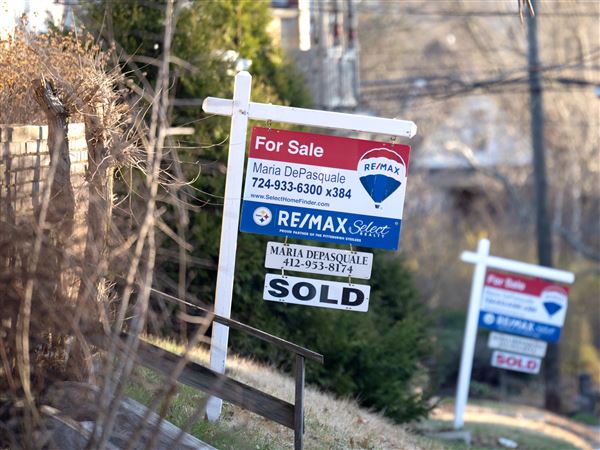When the biggest fear that many people face in retirement is the possibility of outliving their savings, it has been comforting to know the financial experts all but guaranteed a nest egg could last a lifetime as long as the annual withdrawal rate stayed at 4 percent.
But now the traditional rule of thumb that so many retirees have taken for granted is in doubt.
The problem has to do with the historically low yields on government bonds, the volatile stock market and the expected returns for stocks and bonds going forward. It could be, according to some financial advisers, that for some retirees to avoid going broke, the 4 percent rule may need to be revised to the 3 percent or 2 percent rule.
"The 4 percent rule was effective when investment income was plentiful because the yields on fixed income investments was historically higher and the stock market was going up," said Mike Maglio, investment director at PNC Wealth Management, Downtown.
Other key challenges, he said, are health care costs and the fact that individuals are living longer.
"The best plan for anyone who has time before retirement is to save and invest as much as possible," Mr. Maglio said. "The more principal you have to start with, the higher probability you will make it through retirement."
Rather than rely on a one-size-fits-all rule, advisers say most people will need a financial plan that matches their specific needs.
Morningstar Investment Management, based in Chicago, found that if bond rates and stock dividends stay low, retirees stand a 50 percent chance of running out of money in 20 years if they stick to the 4 percent withdrawal rule. That's assuming they have a portfolio of 60 percent bonds and 40 percent stocks.
Morningstar found if retirees start with an initial withdrawal rate of around 2.5 percent, it raises the odds of making the money last.
Researchers for Vanguard, based in Valley Forge, Pa., found that yields from a portfolio of 50 percent stocks and 50 percent bonds exceeded 4 percent from 1926 to 2011. By 2011, a similar portfolio yielded just 2.8 percent.
David Blanchett, head of retirement research at Morningstar Investment Research, said the 4 percent rule is largely based on historical data and long-term averages. The average yield on 10-year government bonds is 5.5 percent. Today 10-year bonds yield about 2 percent.
"This low-return environment suggests that retirees need to have more saved because it is difficult or impossible to expect that they are going to see the same return on bonds as we have experienced historically," Mr. Blanchett said, adding that some people may find it is still possible to do a 4 percent withdrawal rate.
"But it's riskier," he said. "There is a greater chance you will run out of money."
At a 4 percent withdrawal rate, if an individual wanted a retirement income of $100,000 a year, he or she will need a nest egg of $2.5 million. Given today's interest rates, Mr. Blanchett said someone needing $100,000 a year in retirement income would need closer to $3 million in savings.
For younger workers -- those age 55 or less -- the 4 percent rule might still work. Bond yields could increase between now and their retirement date, Mr. Blanchett said.
But workers age 55 and older will need to have saved more than historical evidence would have suggested.
Some financial advisers still believe 4 percent is a good guideline for gauging whether individuals have enough to support their desired retirement income needs. But what people actually end up withdrawing will likely be higher or lower.
Dana Anspach, founder of Scottsdale, Ariz.-based financial services firm, Sensible Money, LLC, said in her 18 years of working with clients on retirement plans, she has not seen a single plan that led to an annual 4 percent withdrawal from investments.
"Real retirement income plans rarely work that way," said the author of "Control Your Retirement Destiny." "Instead, income sources like Social Security and pensions are starting at different ages, and so to keep your income smooth, you are designing a withdrawal strategy that wraps around these other sources.
"That often entails more money being withdrawn in early retirement and less being withdrawn later when all sources of income like Social Security and pensions have started.
"When you draw out a timeline that shows a retiree when they should take withdrawals, from which account they should take it from and how much they may owe in taxes each year, you rarely see '4 percent' as the applicable answer."
First Published: June 13, 2013, 4:00 a.m.
















